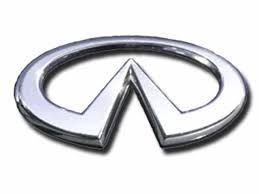G35 Sedan V6-3.5L (VQ35HR) (2008)
/Page-441001.png)
Compression Check: Testing and Inspection
COMPRESSION PRESSURE
Inspection
1. Warm up engine thoroughly. Then, stop it.
2. Release fuel pressure. Refer to EC-547, "Inspection".
3. Disconnect fuel pump fuse (1) from IPDM E/R (2) to avoid fuel injection during measurement.
4. Remove engine cover with power tool.
5. Remove ignition coil and spark plug from each cylinder.
6. Connect engine tachometer (not required in use of CONSULT-III).
7. Install compression gauge with an adapter (commercial service tool) onto spark plug hole.
^
Use the adapter whose picking up end inserted to spark plug hole is smaller than 20 mm (0.79 in) in diameter. Otherwise, it may be caught by
cylinder head during removal.
a: 20 mm (0.79 in)
8. With accelerator pedal fully depressed, turn ignition switch to "START" for cranking. When the gauge pointer stabilizes, read the compression
pressure and the engine rpm. Perform these steps to check each cylinder.
Compression pressure: Refer to EM-143, "General Specification". See: Specifications/Service Limits and General Specifications/General
Specification
CAUTION:
Always use a fully changed battery to obtain the specified engine speed.
^
If the engine speed is out of the specified range, check battery liquid for proper gravity. Check the engine speed again with normal battery
gravity.
^
If compression pressure is below minimum value, check valve clearances and parts associated with combustion chamber (valve, valve seat,
piston, piston ring, cylinder bore, cylinder head, cylinder head gasket). After the checking, measure compression pressure again.
^
If some cylinder has low compression pressure, pour small amount of engine oil into the spark plug hole of the cylinder to re-check it for
